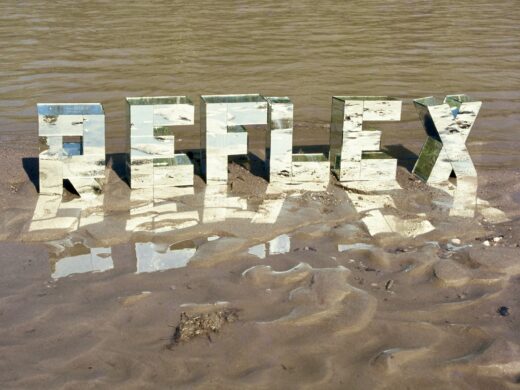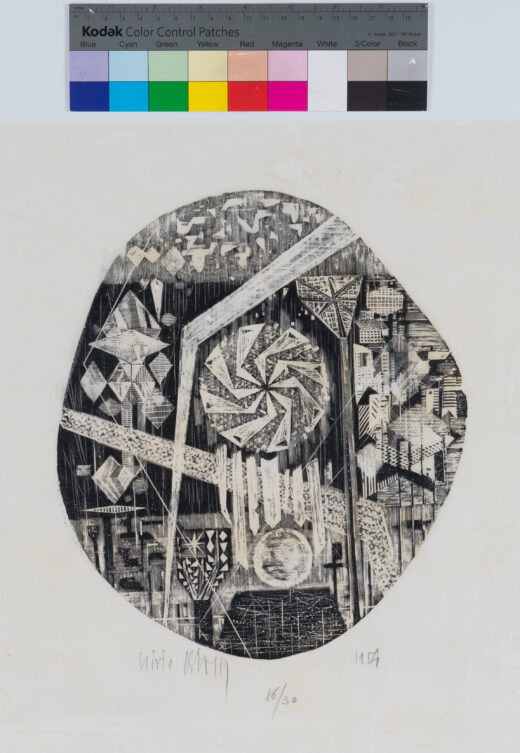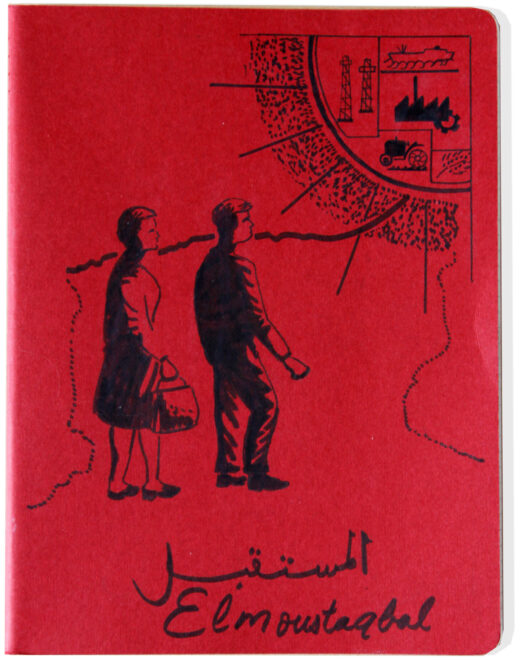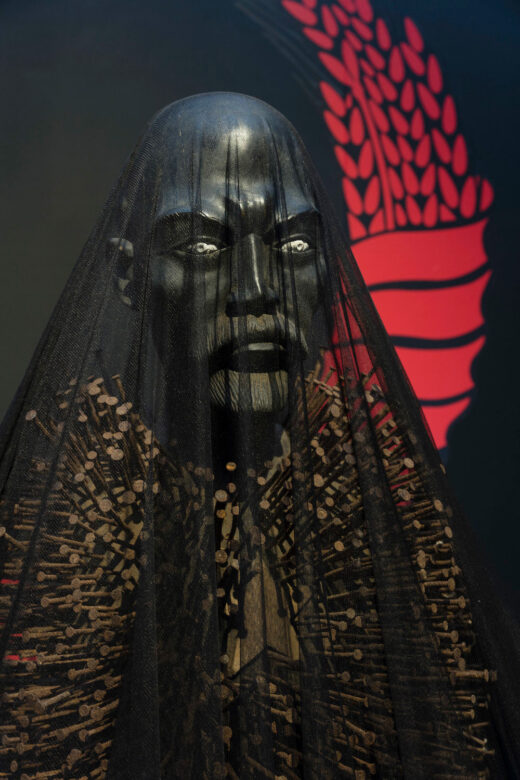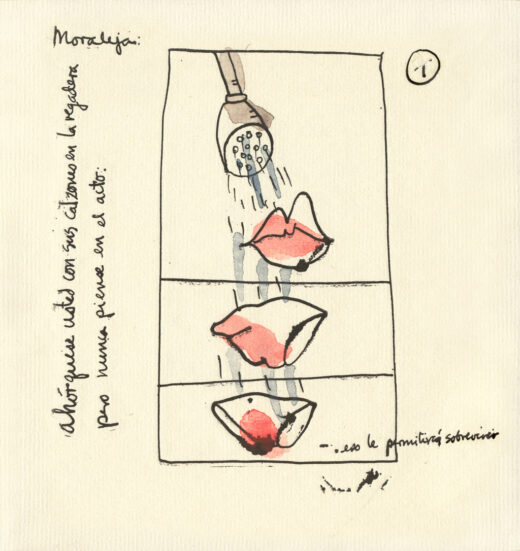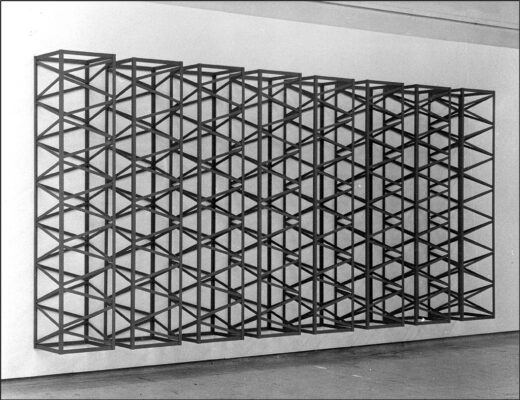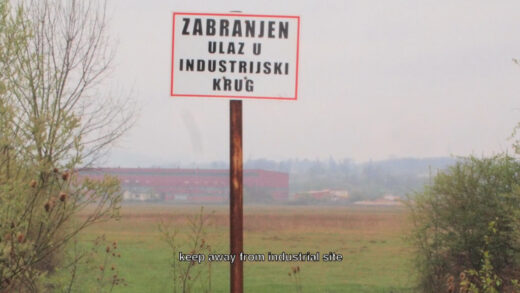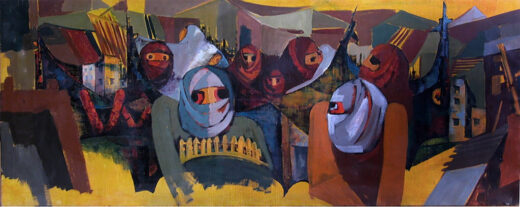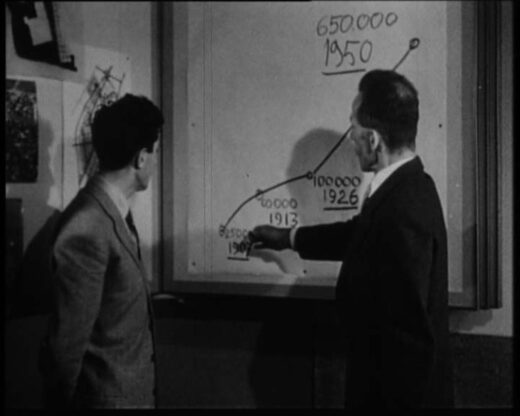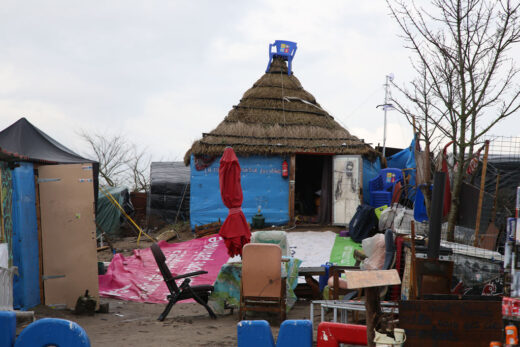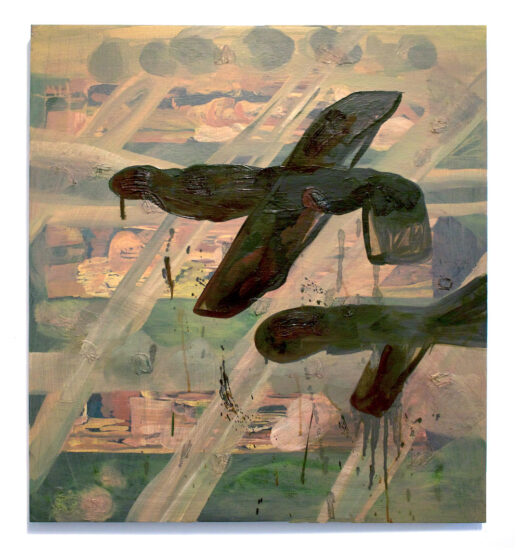“Real Time Story Telling”: A Performance-Art Festival in the Context of International Networks during the Transitional Period in Poland before and after 1989
The article explains the situation of performance artists in Poland during the transition period before and after 1989. Then it focuses on the first large performance art festival in Poland after 1989, Real Time Story Telling. It was organized in Sopot and Gdańsk in 1991 by Galeria Działań and curated by the outstanding artist and art theorist Jan Świdziński. The article explains the idea of the festival and briefly describes the curatorial activity of the invited international performance artists. The article also outlines the international network of connections between performance art festivals, which depended on the personal relationships between artists … Read more

